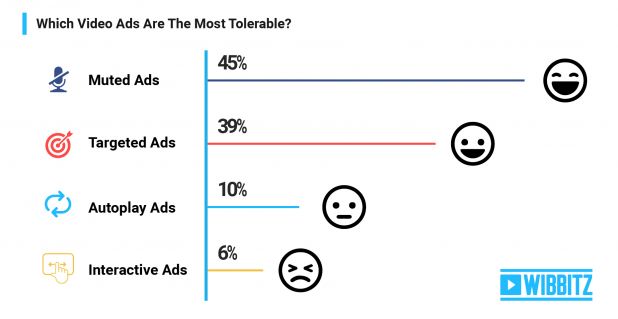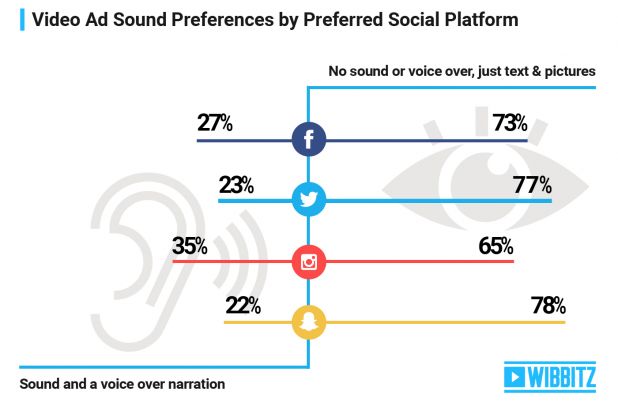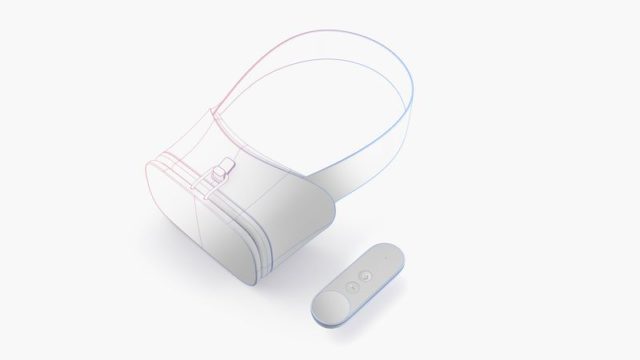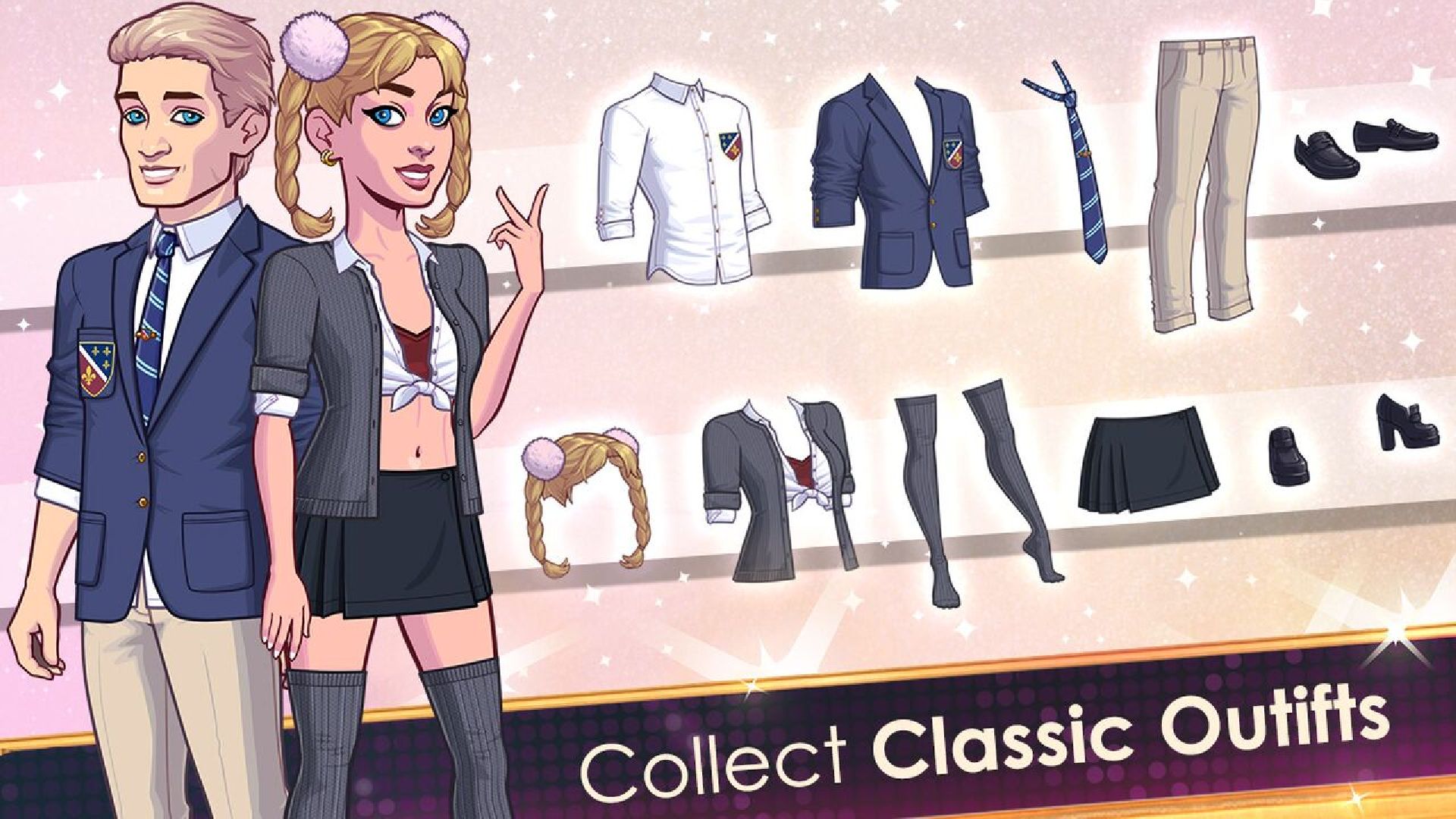The “geek box” market has taken off ferociously, with companies from Geek Fuel to Super Geek Box offering mystery packages filled with toys and other goodies on a monthly basis. At the forefront of it all is Loot Crate, which still dominates the market.
First established in 2012, the subscription box service quickly grew in popularity, with licensed items from popular brands from video games, movies and TV shows such as Doctor Who. Additionally, the company offers specialty crates that are focused on specific fandoms, including ones based on Star Wars (timed with the theatrical release of The Force Awakens), Aliens and Firefly. Others include ones built for anime fans, and a package devoted to dog owners, which is aptly named Loot Pets. This year, it continues to build steam, with the launch of its recent Loot Gaming package, as well as a forthcoming Loot Crate DX, which promises bigger and better things on the horizon.
The company has grown significantly, with millions of subscribers who share their love for the service through social media and unboxing videos that gain hefty view counts on YouTube. It has also formed a number of partnerships, including working alongside eSports team OpTic Gaming and anime streaming company CrunchyRoll.
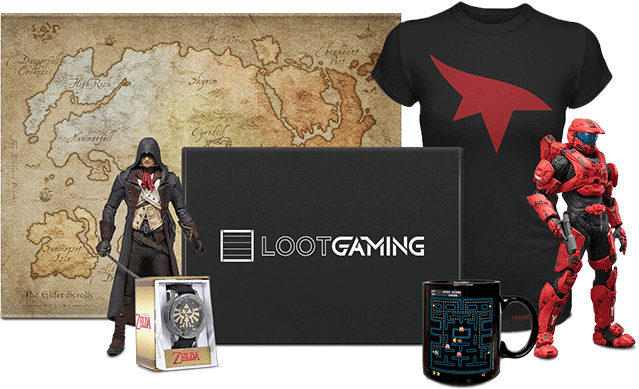
[a]listdaily discussed the success of Loot Crate with CEO Chris Davis and chief experience officer, Matthew Arevalo, including how it was able to draw in some big-name partners, as well as what could be next down the line for the Loot Crate team:

What prompted the creation of a “geek box” business?
Chris: At the Los Angeles Startup Weekend where we officially launched, we pitched the idea of “Comic Con in A Box.” The goal was to bring the same sense of community and exclusivity to a Looter’s door every month that you got attending events like San Diego Comic Con. We wanted to be different from other “box” companies, by delivering a great experience beyond the crate and building a real community.
Your subscriber base has gone through the roof over the past few years. What would you say is the biggest key to success for Loot Crate?
Matthew: We are a service, platform and community completely dedicated to solving for the end subscriber (Looter) experience. We do not compromise the contents of the crates based on any outside factors that would diminish that amazing fan reaction. Our community is very welcoming to all types and is structured in a way to give a voice to fans that has never been possible before. Our brand partners from Marvel to Sony and Gearbox to Activision all understand that we are a unique, engaging and a creative way for them to get their biggest fans something they’ll always cherish. It all revolves around amazing products and extends beyond the crate interaction that includes original content, event activations and so much more.
How does the company get such great partners on board for Loot Crate packages?
Chris: Whether it be our specialty crates we’ve done for the Alien 30th Anniversary or our regular subscription lines, we work out relationships with the entertainment companies based around major tent pole events like movie premiers, game releases and other significant moments to curate items to celebrate those via themes. After theme selection, we use community feedback, subscriber surveys and user focus groups, as well as our internal teams, on each line to determine what will deliver the best value and impact.
What strategy goes into creating crates like Pets and Loot Gaming?
Chris: The reason we kept just the main core crate for so long before we expanded to Loot Anime, Gaming, Pets, DX, among others, is because we wanted to make sure that the experience of those lines wasn’t just strictly focusing on those verticals with a new name and subscription. We wanted to make sure the experience was unique, complimentary and interesting. Each line does include our signature support, quality and curation, while also providing its own unique take and presentation.

What has been the response to Loot Gaming?
Matthew: The buzz and reaction has really been incredible. We saw firsthand in a full capacity panel at PAX South, where we made the announcement of Loot Gaming, the crowd reaction and it has just been amplified as unboxings come in. Gamers in over 30 countries around the World have taken notice that our all exclusive offerings of the founder crate, along with continued digital offerings as part of every crate, have been able to surprise and delight with items recently from top franchises like Tom Clancy’s The Division (which includes exclusive in-game content), Fallout 4 and more.
What can you tell us about Loot Crate DX?
Matthew: Loot Crate DX was created especially for fans who are interested in higher-end products, merchandise and collectibles. Loot Crate DX takes our flagship mystery box experience to the next-level by delivering even more exclusives and higher-quality geek and gamer gear from the biggest, newest and most sought after franchises.
Where do you see Loot Crate and the “geek box” business going in five years?
Chris: We do not consider ourselves a “geek box” subscription. Thanks to our ever-growing and engaging community of subscribers, expanding product lines and experience based content around the products, we see ourselves as helping to fuel the passion in all fans. We have some exciting announcements occurring in the next few months that will really showcase this vision and provide even more ways to interact with our brand, including partnerships and new launches.
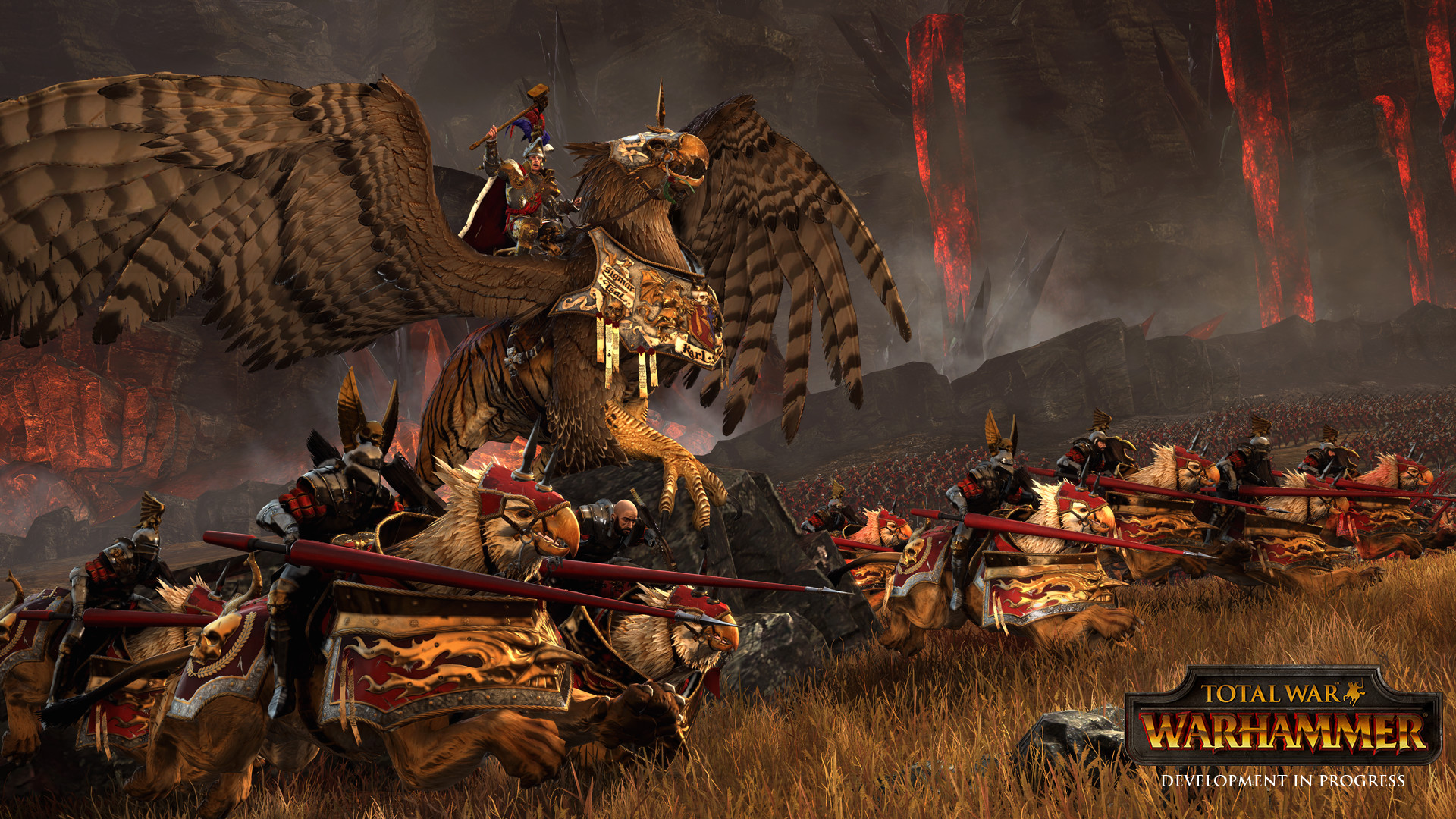
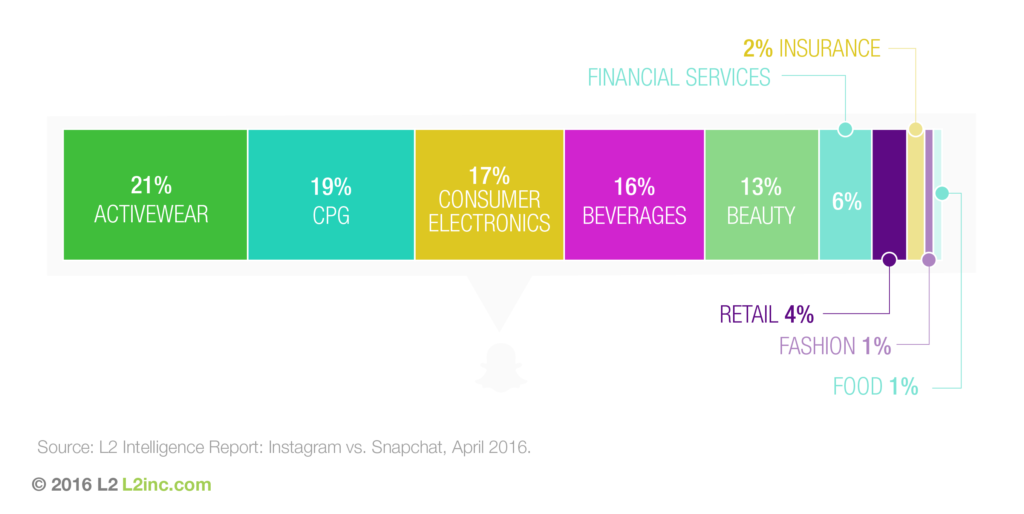
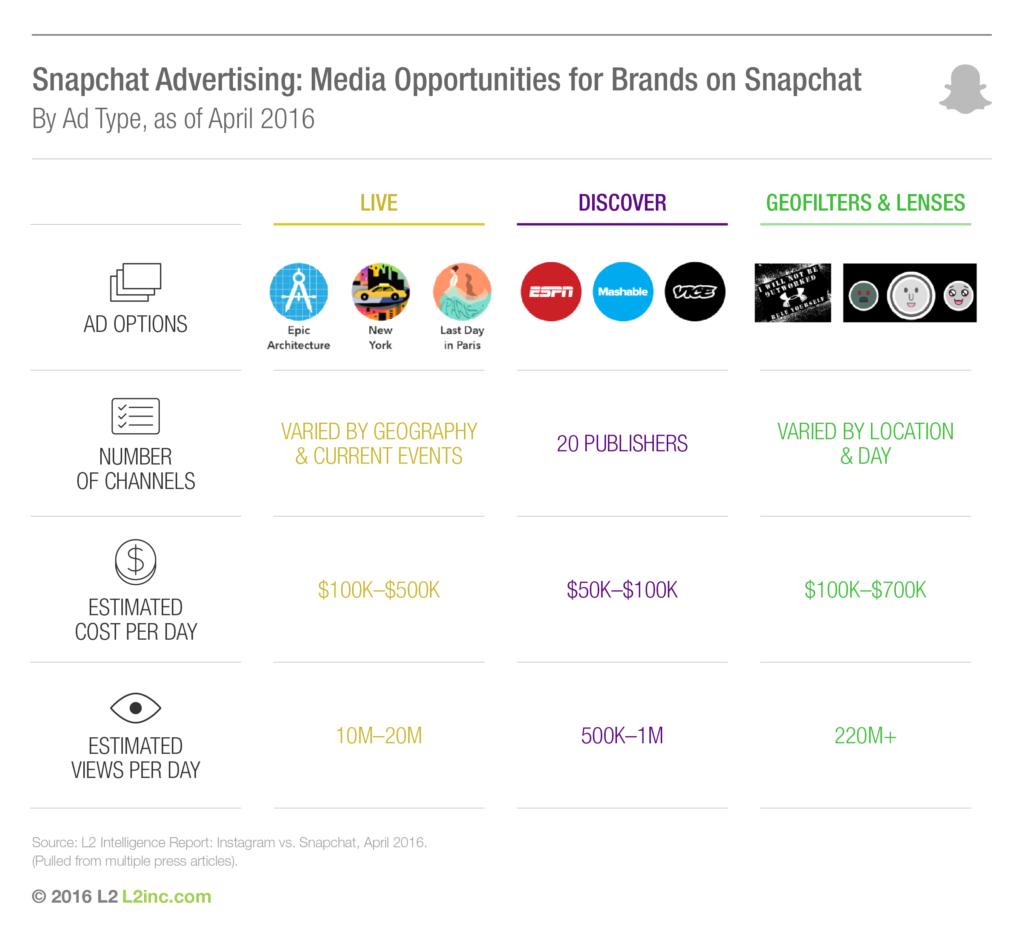
 “ELEAGUE presents our partners with an incredibly attractive environment to showcase their messaging to a highly-engaged, dedicated millennial fan base,” said Seth Ladetsky, senior vice president of Turner ad sales, during the announcement last week. “The combination of these brands, and additional soon-to-be-announced partners, underscores the value of our eSports coverage.”
“ELEAGUE presents our partners with an incredibly attractive environment to showcase their messaging to a highly-engaged, dedicated millennial fan base,” said Seth Ladetsky, senior vice president of Turner ad sales, during the announcement last week. “The combination of these brands, and additional soon-to-be-announced partners, underscores the value of our eSports coverage.”